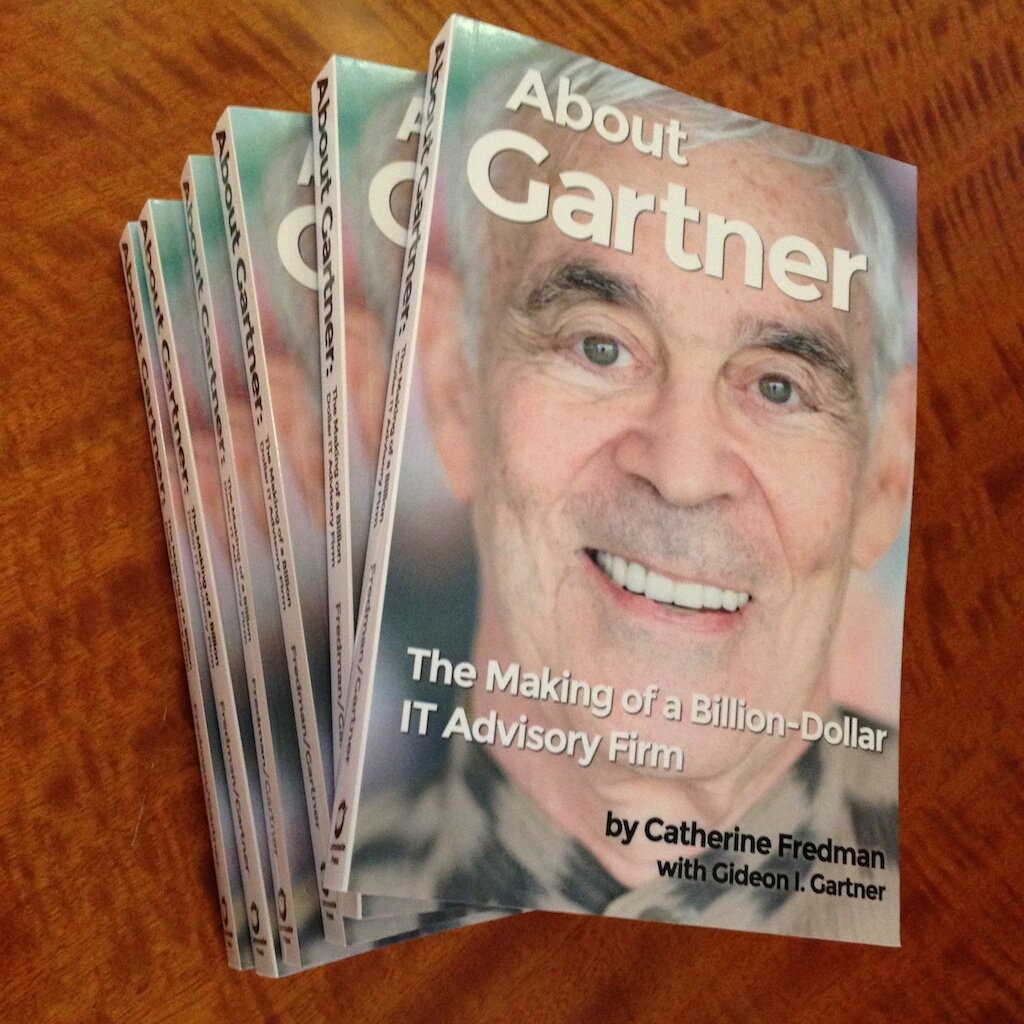IBM vs. Gartner During the 1980s, Part 2
 Several months passed after having spoken to IBM’s Don Otis I received another critical phone call, this time an indirect call from Ron Rolfe of Cravath Swaine and Moore, IBM’s counsel and the acknowledged heavy hitter of the entire U.S.’s legal profession! So once again the lawyers were getting into the act, always persistent, always a serious development.
Several months passed after having spoken to IBM’s Don Otis I received another critical phone call, this time an indirect call from Ron Rolfe of Cravath Swaine and Moore, IBM’s counsel and the acknowledged heavy hitter of the entire U.S.’s legal profession! So once again the lawyers were getting into the act, always persistent, always a serious development.
Ron and I had crossed paths before, but positively. Now, he confided that the O.A. issue with Dean Witter was about to blow, and that we might end up finding ourselves in the middle of IBM’s overall investigation despite our past, and still constructive relationship. IBM was clearly narrowing the focus of its search for “deep throats” and perhaps we were doing it a disservice by not cooperating more aggressively. He concluded by casually reminding me that after all, as O.A.’s past boss I could be implicated by former association!
Ron then offered the following syllogism:
- IBM assumes that we somehow have some squirreled some IBM documents into our files (where was that assumption born, and was IBM assuming we had them, or guessing?)
- IBM is concerned about the employee privacy issue and does not wish to go on a witch-hunt, but…
- Document evidence would be of great assistance, thus…
- The only way for us to put distance between us and O.A. was to cooperate; turn over all IBM documents, and if not, we would be under suspicion!
Nice of him to alert us, he sounded pretty sure of himself, and of course this made me much more nervous. Our lawyer Marty Mushkin, was concerned that some of the material we were disseminating might in fact be be considered ‘trade secrets’ “because there would be an economic advantage to competitors if they had it”. I almost simultaneously learned that Tom Crotty, who ran our Wall Street investment business, inserted himself in the growing crisis by speaking with an IBM senior executive Watts Humphrey! What was that about? Had the witch hunt begun? Where was this all heading?
In those days I naïvely felt that truth was an absolute defense, and while our models were partly fed by the rumor-mill, nothing specific was transmitted to clients. It was just speculation. Despite Rolfe’s visit, the tension soon softened, even as our analyst team (including ex-IBMers like me) watched. Our respect and admiration towards the IBM company began to erode.
I accelerated our need for analysts to document their honestly obtained evidence about IBM, certainly when there was even a hint of their ‘bashing’ the firm. We nevertheless continued to “call a spade a spade,” whenever right. My internal Gartner Inc. problem was that the aftermath of IBM’s threats had resulted in too many of our analysts developing a negative bias towards it. As Gartner was becoming an even stronger name and force in the industry, if our analysis looked biased, that would likely be noticed by our public!
:
Read Part 1: “Know the Most About a Little”
Read Part 3: Who Ever Sues the Press?
Read Part 4: Have You Spoken to Gideon Lately?







30 Comments